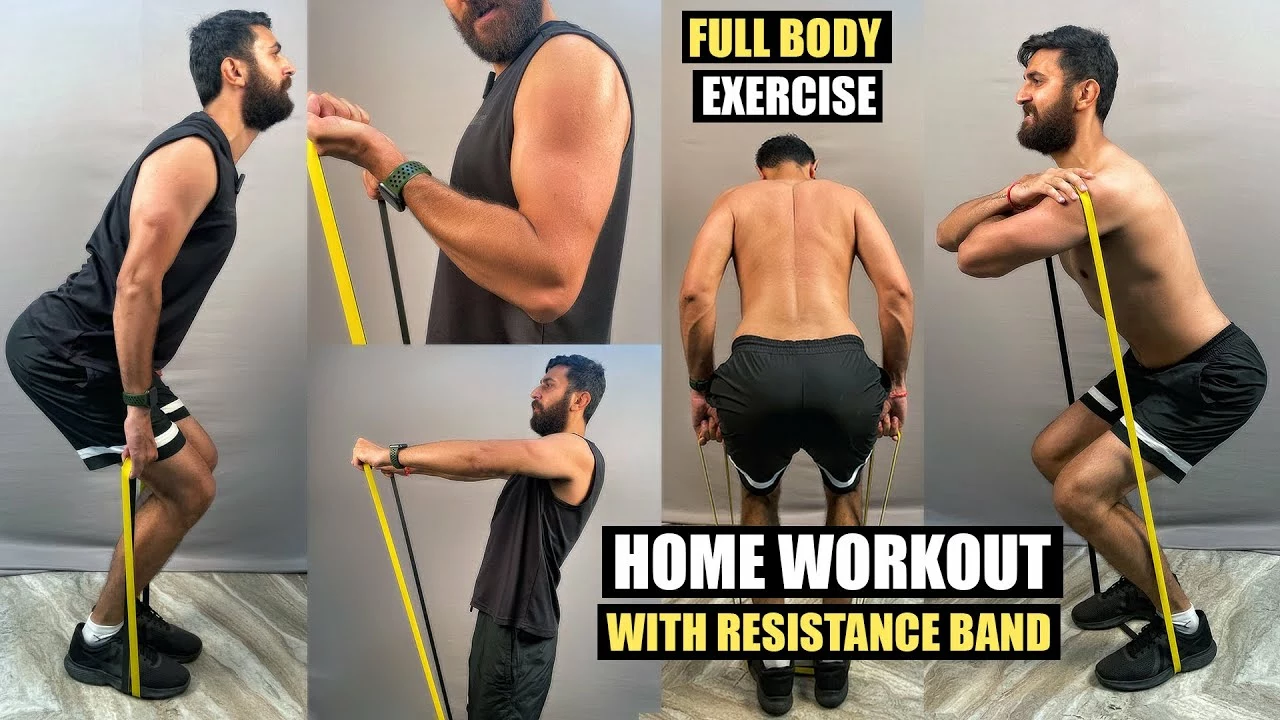Exercise Equipment Every Racer Should Have
Ever wonder why some drivers look so fit while others struggle on the track? The secret is often simple: the right exercise equipment. You don’t need a full gym to get race‑ready. A few key pieces can make a huge difference in strength, endurance, and reaction time.
Core Gear for Strength and Balance
The core is the engine of every driver’s body. A strong core helps you stay stable in high‑g corners and reduces fatigue on long runs. A basic set of resistance bands and a medicine ball are cheap, portable, and effective. Use bands for rotational pulls that mimic steering forces, and swing a medicine ball for explosive core work. Do three sets of 12‑15 reps each, three times a week, and you’ll feel steadier behind the wheel.
Another must‑have is a weighted vest. Slip it on while you do bodyweight drills—push‑ups, squats, or even shadow‑driving on a treadmill. The extra load forces your muscles to work harder, building the endurance you need for those endurance races that last hours.
Gear for Reaction Speed and Hand‑Eye Coordination
Racing is as much about quick reflexes as raw power. A simple reaction ball can sharpen your hand‑eye coordination. Drop it, catch it, repeat for a minute, and you’ll notice faster responses on the track. Pair that with a grip trainer. Strong hands mean better control, especially when you’re fighting wheel lock in wet conditions.
Don’t overlook a good jump rope. It sounds old school, but hopping rope boosts cardiovascular fitness and foot speed—two things that translate directly to quicker pedal work and smoother gear changes.
Setting Up a Small Home Gym
You don’t have to rent a commercial space. Pick a corner of your garage or a spare room. Lay down a rubber mat, hang a pull‑up bar, and keep a kettlebell or two within reach. This setup lets you hit compound moves like deadlifts, rows, and kettlebell swings, all of which reinforce the pulling and pushing actions you perform while racing.
Schedule matters more than equipment cost. Aim for three focused sessions per week: one day for strength, one for speed, and one for flexibility. Add a short yoga flow or dynamic stretch routine after each session to keep muscles loose and prevent injuries.
When you combine these affordable tools with a consistent routine, you’ll notice tighter lap times, fewer aches after a race, and more confidence in the cockpit. Remember, every extra second you shave off your reaction time or improve your stamina adds up over a race distance.
So grab a resistance band, a medicine ball, and start training like a champion. Your next podium could be just a few workouts away.

Can I use my running shoes in the gym?
Derek Kingsworth Jul 30 0Hey there, gym enthusiasts and running junkies! I've been pondering the million-dollar question: can we double-dip our running shoes for gym fun? The answer is a joyful yes, but with a sprinkle of caution. Running shoes are designed to move you forward, not sideways, so if your gym routine involves a lot of lateral movements, you might want to reconsider to avoid slipping or twisting something important. But if you're hitting the treadmill or doing a straightforward workout, your running shoes will do a commendable job. So, lace 'em up, folks!
More Detail